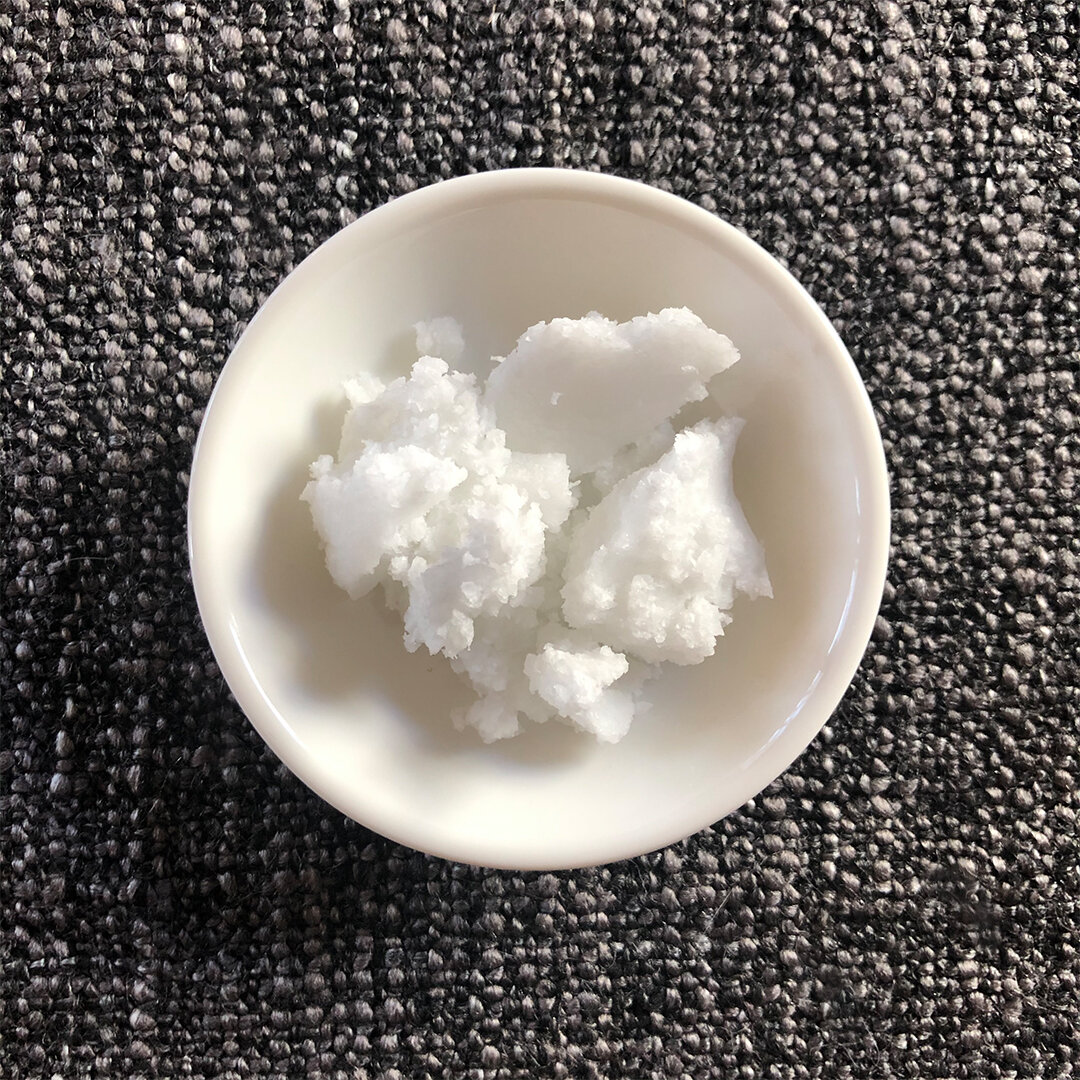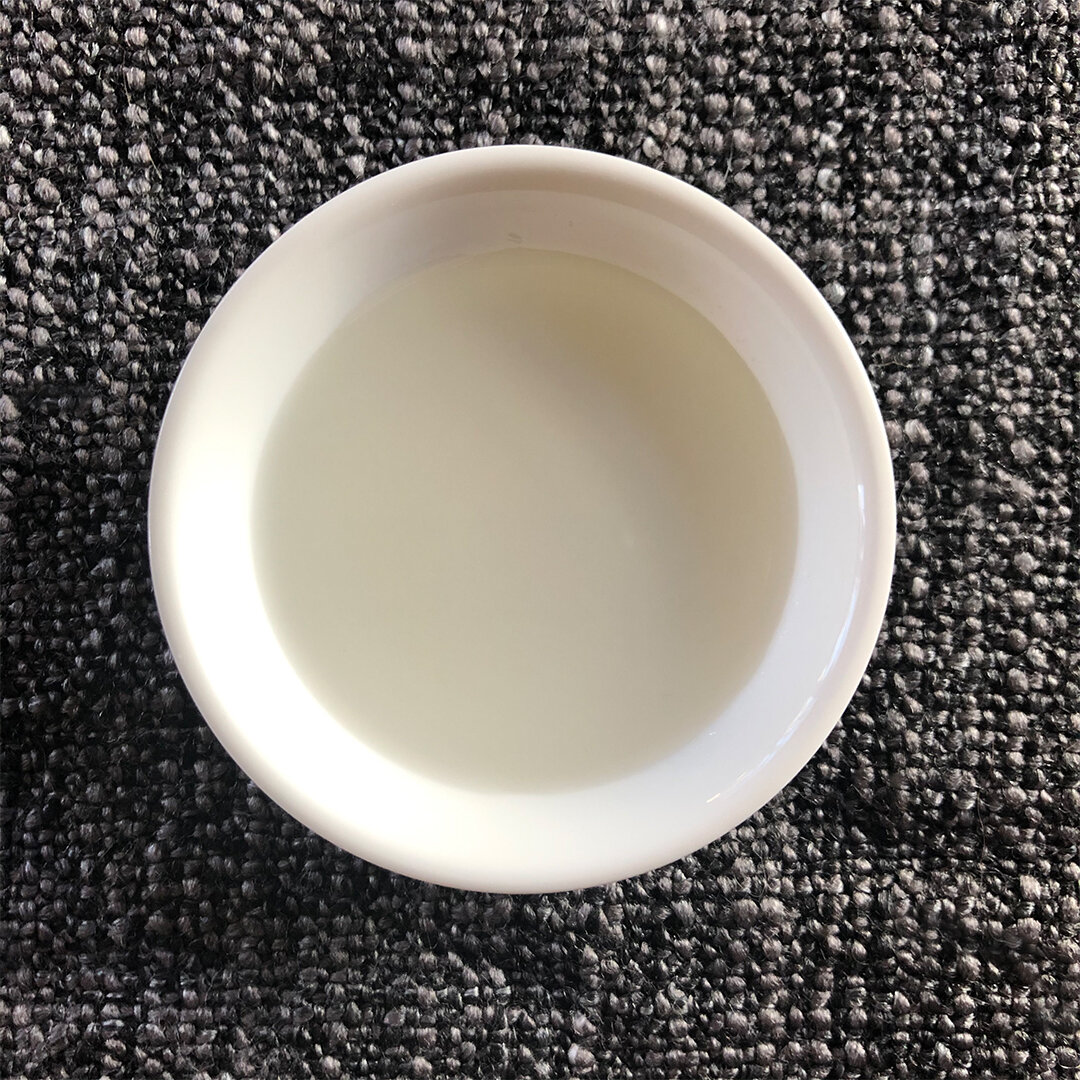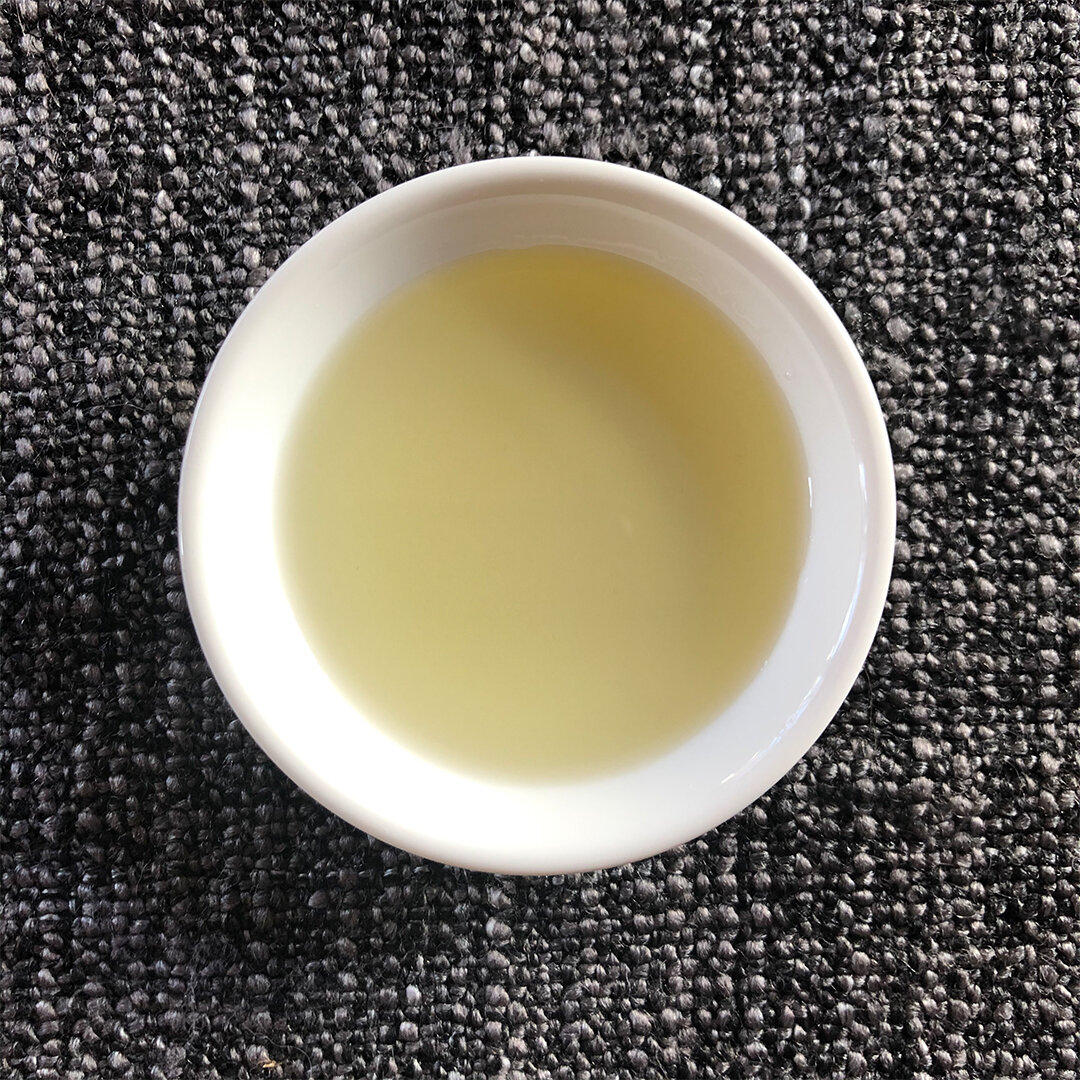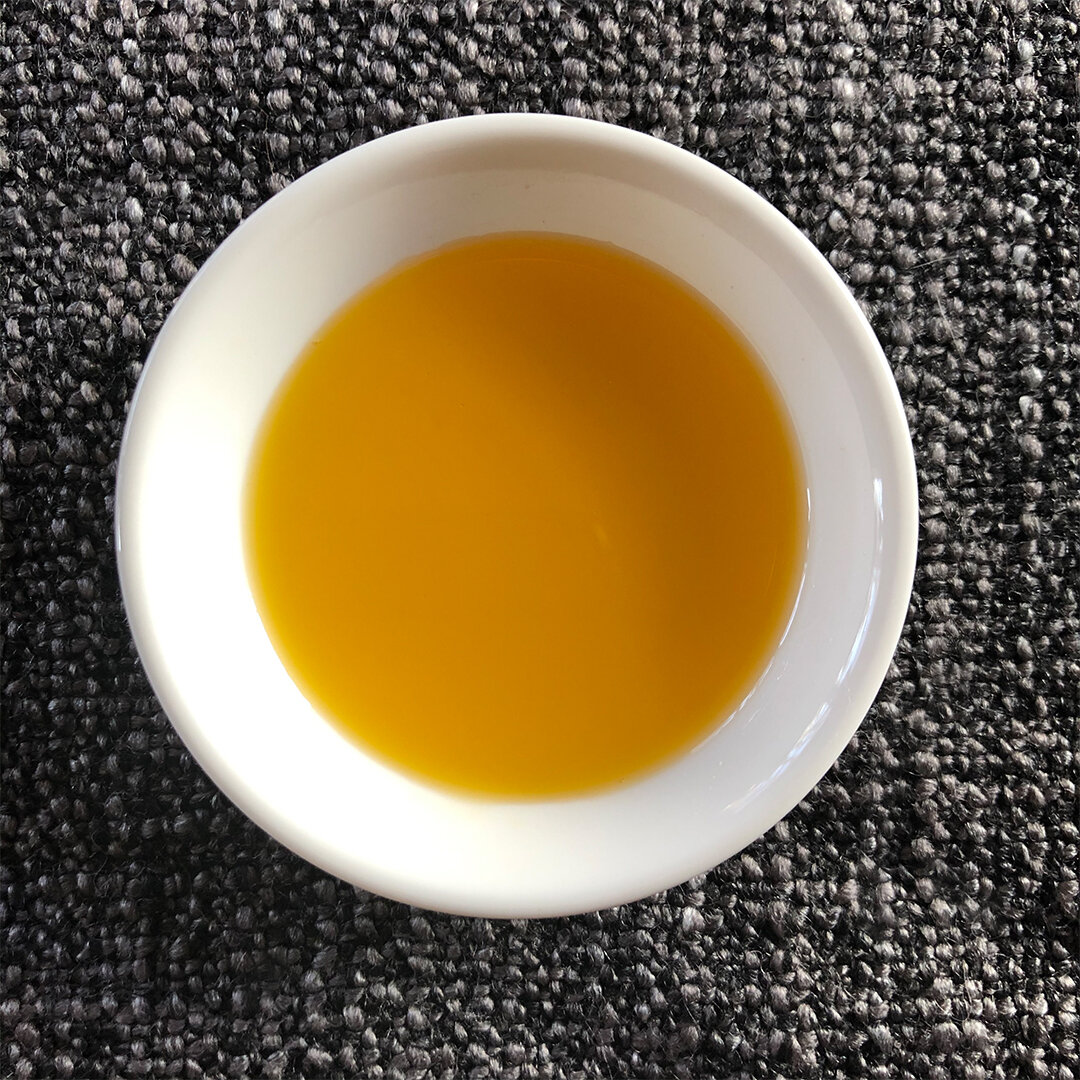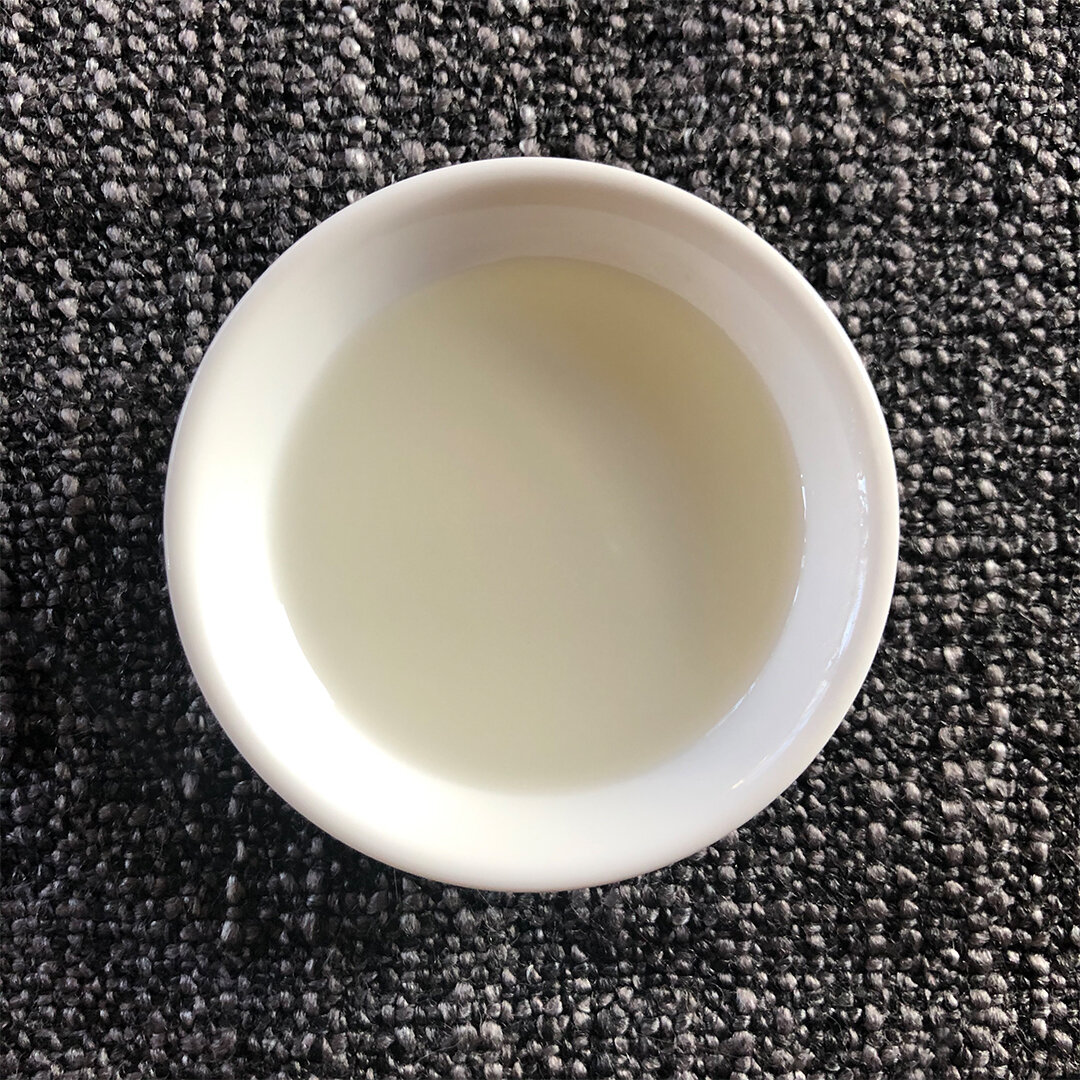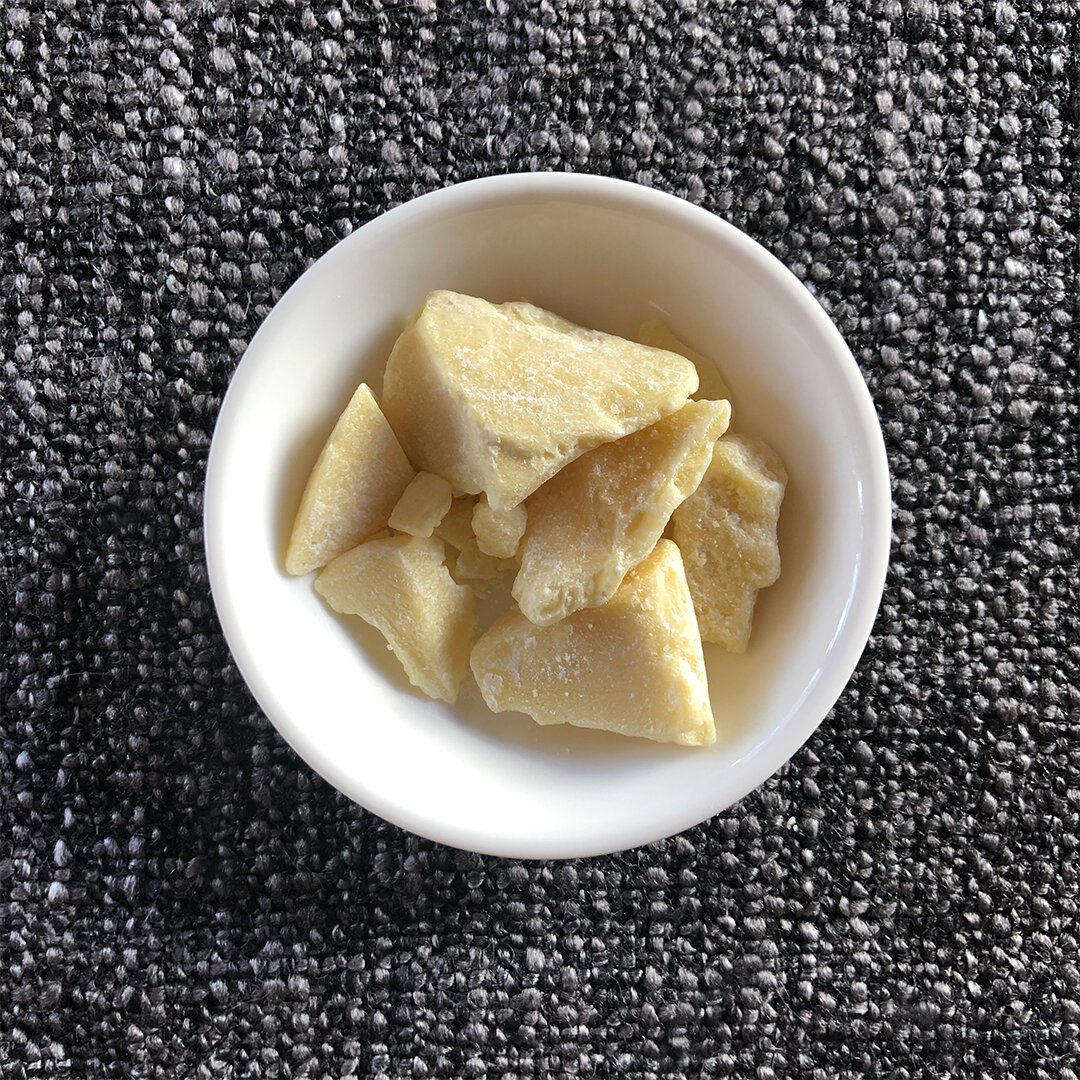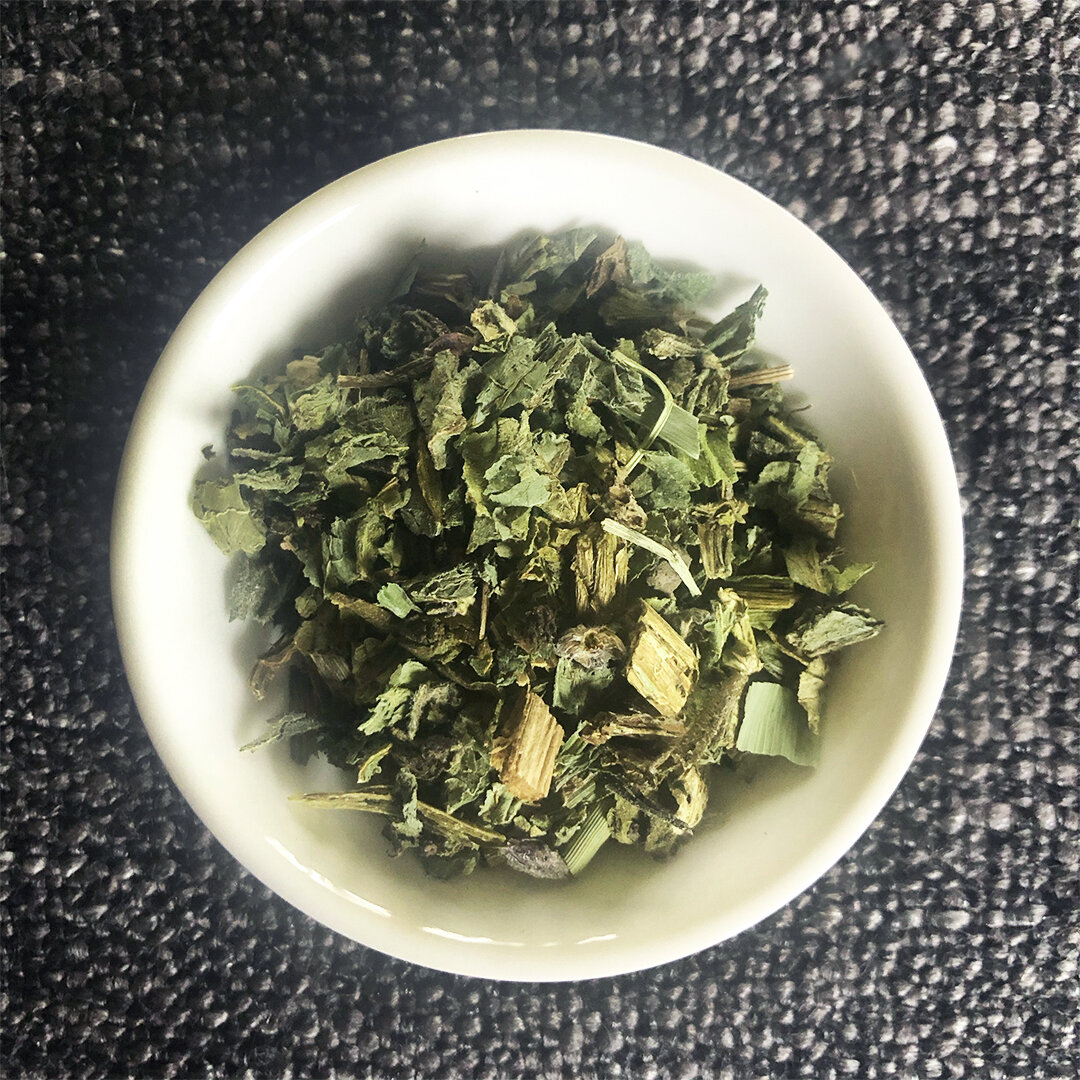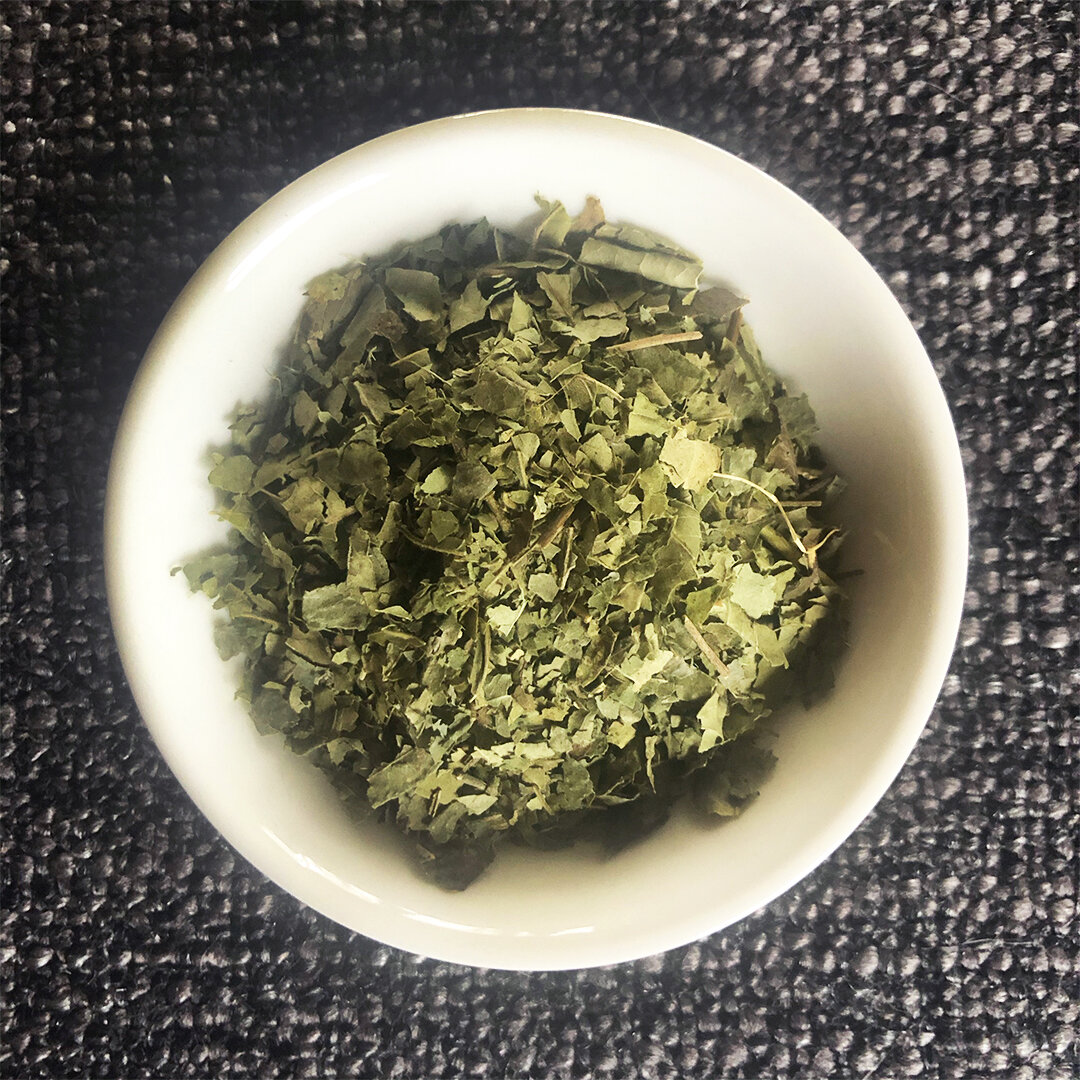Our skin is the largest organ of our body. It protects us so why not protect it as best we can. Used on their own or infused with herbs, the following oils are highly nourishing and easy to obtain. Here are some of my favorite oils and herbs to moisturize, protect and nourish the skin.
Oils that Nourish the Skin
Unrefined Coconut oil – Highly moisturizing, nutritious and slightly anti-microbial, this light oil is wonderful for most all skin and hair types. It helps reduce inflammation, skin irritation and is a lovely after bath or shower oil. It remains solid when stored below 76° F and has a subtle coconut fragrance and flavor.
Sunflower oil – Light and cooling, sunflower oil can help reduce inflammation, heal and protect the skin and boost the immune system. High in vitamin E it can regenerate skin cells, reduce the appearance of scars and even skin tone.
Grape seed oil – Loaded with linoleic and oleic acids, grape seed oil is gentle, highly absorbent and nourishing for skin and hair. Its light and thin consistency makes it the perfect oil to blend into massage oils, creams, and lotions.
Left to right: Unrefined Coconut oil, Sunflower oil, Grape seed oil
Rose hip seed oil - This oil is known as a “dry oil” due to its ability to quickly absorb into the skin. It helps reduce fine lines, evens and brightens skin tone while tightening pores. High amounts of vitamin C and essential fatty acids promote collagen production and elasticity of the skin. Rose hip seed oil can also help diminish redness associated with Rosacea.
Apricot kernel oil – Soothing, light and easily absorbed by the skin, this oil is rich in vitamins A, B,C and E. It contains high amounts of linoleic and oleic fatty acids which provide nourishment to dry, sunburned and aging skin. Extremely moisturizing and soothing, apricot kernel oil can provide relief to eczema, rosacea and other skin irritations.
Cocoa butter – Cocoa Butter is nourishing, deeply moisturizing and provides protection to the skin. It can help heal damaged skin and reduce the appearance of scars. Due to its high fat content and solid state at room temperature, cocoa butter can be used to thicken handmade creams, lotions and salves. Its rich chocolatey scent makes it a decadent and soothing oil for your entire body.
Left to right: Rose hip seed oil, Apricot kernel oil, Cocoa butter
Herbs that Nourish the Skin
Calendula Blossom
Botanical (Latin) Name: Calendula officinalis
Common Name: Calendula or Pot Marigold
Family: Asteraceae
Parts Used: Blossoms
Ruling Planet: The Sun
Ruling Element: Water
Calendula emanates the warm rays of the sun and the flow of a mountain stream. Calendula is well known for its ability to repair damaged skin cells, reduce the appearance of scars and soothe inflamed tissue, internally and externally. The sun's influence on this plant is obvious when observing its brightly colored blossoms of orange, yellow and gold. Its ability to heal the skin, soft tissues of the body and encourage lymphatic flow is connected to the element of water. Calendula provides antibacterial protection for cuts, scrapes, skin ulcers, burns and can help relieve itchy symptoms of eczema. An infused oil of calendula blossoms can be used by nursing mothers to help soothe irritated and cracked nipples. It's also great for breast massage and can help dissolve tumors, fibrous cysts, post surgery adhesions and scar tissue.
Comfrey Leaf
Botanical (Latin) Name: Symphytum officinalis
Common Name: Comfrey or Knit bone
Family: Boraginaceae
Parts Used: Leaf & Root
Ruling Planet: Saturn
Ruling Element: Water
Influenced by the planet Saturn, comfrey provides protection to the blood, bones, and skin. The element of water is represented in comfrey's mucilage and allantin content. These compounds help moisten tissues, promote elasticity and help reduce inflammation. Naturally produced by the allantois gland inside a mother’s umbilical cord, allantin promotes rapid cell growth to baby and encourages elasticity of mama’s tissues. Comfrey's high allantin content provides extra protection to sensitive skin making it more resilient and less prone to dryness and cracking. Comfrey is highly effective when taken internally and/or applied externally. Known as “Knit Bone” for its ability to help broken bones heal swiftly, it can also help regenerate and strengthen cartilage, tendons, and muscles. Comfrey can also help relieve skin irritation caused by eczema, psoriasis, dermatitis and skin infections.
Sweet Neem Leaf
Botanical (Latin) Name: Murraya koenigii
Common Name: Sweet Neem or Curry Leaf
Family: Rutaceae
Parts Used: Leaf
Ruling Planet: Mars
Ruling Element: Fire
High in antioxidants and vitamin C, sweet neem leaf is a fantastic remedy for the skin and hair. It's bitter, astringent properties can be linked to the planet Mars and it's sharp and dry qualities to the element of fire. Sweet neem leaf is high in essential/volatile oils. These oils provide anti-fungal, anti-bacterial and anti inflammatory properties making it an effective remedy for acne, wounds and mouth sores. In Ayurveda, sweet neem is associated with Lord Krishna, the God of Protection. It is used in Indian cuisine for its flavor, as a digestif, to maintain blood sugar levels and to help lower cholesterol.
Left to right: Calendula blossom, Comfrey Leaf, Sweet neem Leaf
DIY Herb Infused Oil
Herbal oil infusions are one of the most ancient types of herbal preparations. They've been made and used to anoint, heal and nourish the mind, body and spirit for millennia. One of my favorite ways to incorporate herbs into creams, body oils and salves is to make an herbal infused oil. Here's one of my go to herbal oil infusion recipes. This oil can be used as a daily moisturizer or a base oil in creams, body oils, and lotions. I use this particular oil to make my Radiant Face and Body Cream.
Calendula, Sweet Neem & Comfrey leaf Infused Oil (Oven Method)
Supplies & Ingredients Needed
For Oil Infusion
10 oz apricot kernel oil
6 oz grape seed oil
½ oz dried calendula
¼ oz dried sweet neem
¼ oz dried comfrey leaf
Equipment & Storage
1 – 16 oz. glass amber bottle or glass jars w/lid
1 – glass measuring cup
1 – oven safe glass bowl
1 – wooden spoon, chopstick or rubber spatula
1 – fine mesh strainer
oven
parchment paper
oven mitts or hot pad
kitchen scale
cheese cloth
blank label
pen or marker
Prep & Make the Oil
Preheat your oven to 170°F. Gather the dried calendula, sweet neem leaf, comfrey leaf, apricot kernel and grape seed oils. Into an oven safe bowl weigh out ½ oz of calendula, ¼ oz sweet neem leaf and ¼ oz comfrey leaf. Weigh out 10 oz of apricot kernel oil and 6 oz of grape seed oil into the herb filled bowl. Stir contents with a chopstick or wooden spoon to combine. If the herbs are not fully covered with oil add a few more ounces of apricot kernel oil until fully covered. Cover the bowl with parchment paper. Place the herb and oil filled bowl into the pre-heated oven. Allow the oils to steep undisturbed for 6 – 8 hours.
Strain & Press the Infused Oil
Carefully remove the bowl of infused oil from the oven and place it onto a towel or hot pad. Allow the oil to cool about 30 minutes. Place a fine mesh strainer into a large glass measuring cup and line the strainer with cheesecloth. Slowly pour the oil and plant material from the bowl into the cheesecloth lined stainer. With a rubber spatula, scrape the remaining oil and plant material from the bowl into the cheesecloth lined strainer. Gather all four corners of the cheesecloth and bring them together to form a sachet. Twist the corners together and squeeze the sachet into the strainer to extract as much oil from the plant material as possible. Compost the entire sachet of plant material. The herbal oil is now ready to bottle and use. Store in an amber glass bottle kept in a cool, dark place. Be sure to label and date your oil. Enjoy!


